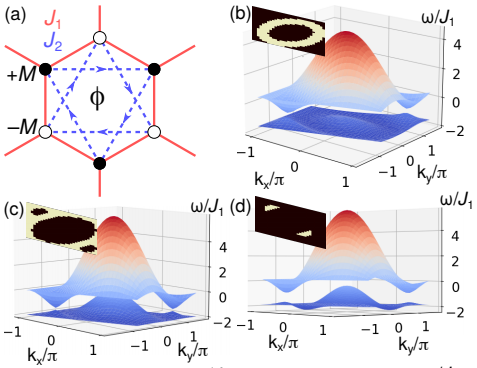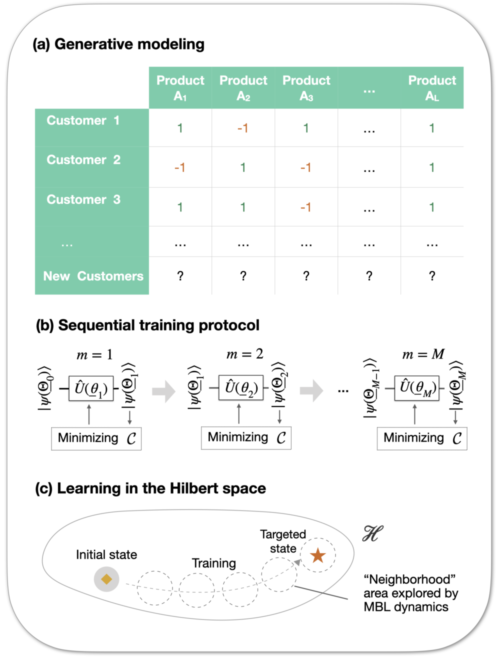
Photonic band structure design using persistent homology
D. Leykam, D. G. Angelakis
APL Photonics 6, 030802 (2021)
The machine learning technique of persistent homology classifies complex systems or datasets by computing their topological features over a range of characteristic scales. There is growing interest in applying persistent homology to characterize physical systems such as spin models and multiqubit entangled states. Here we propose persistent homology as a tool for characterizing and optimizing band structures of periodic photonic media. Using the honeycomb photonic lattice Haldane model as an example, we show how persistent homology is able to reliably classify a variety of band structures falling outside the usual paradigms of topological band theory, including “moat band” and multi-valley dispersion relations, and thereby control the properties of quantum emitters embedded in the lattice. Our method is promising for the automated design of more complex systems such as photonic crystals and Moire superlattices.



